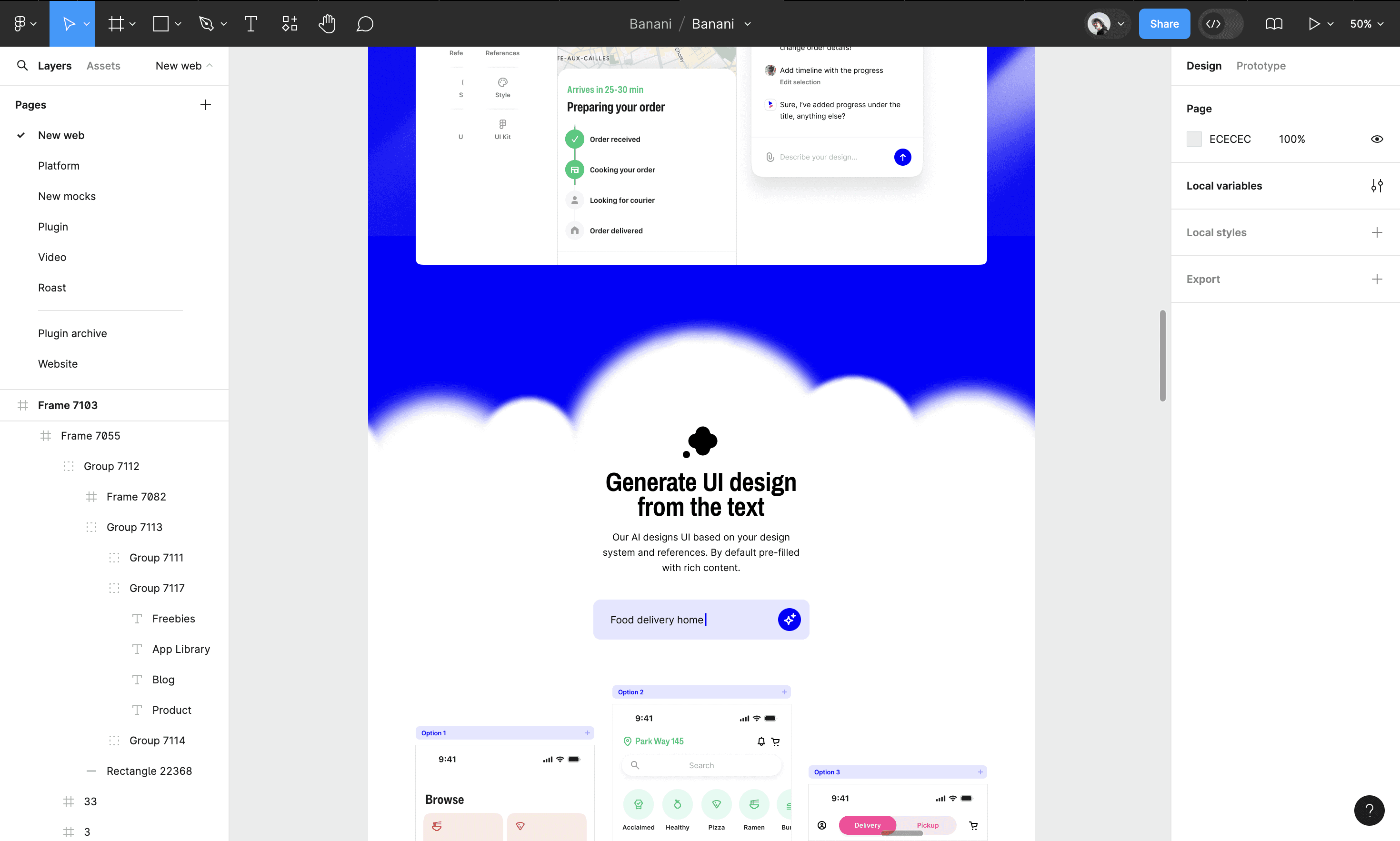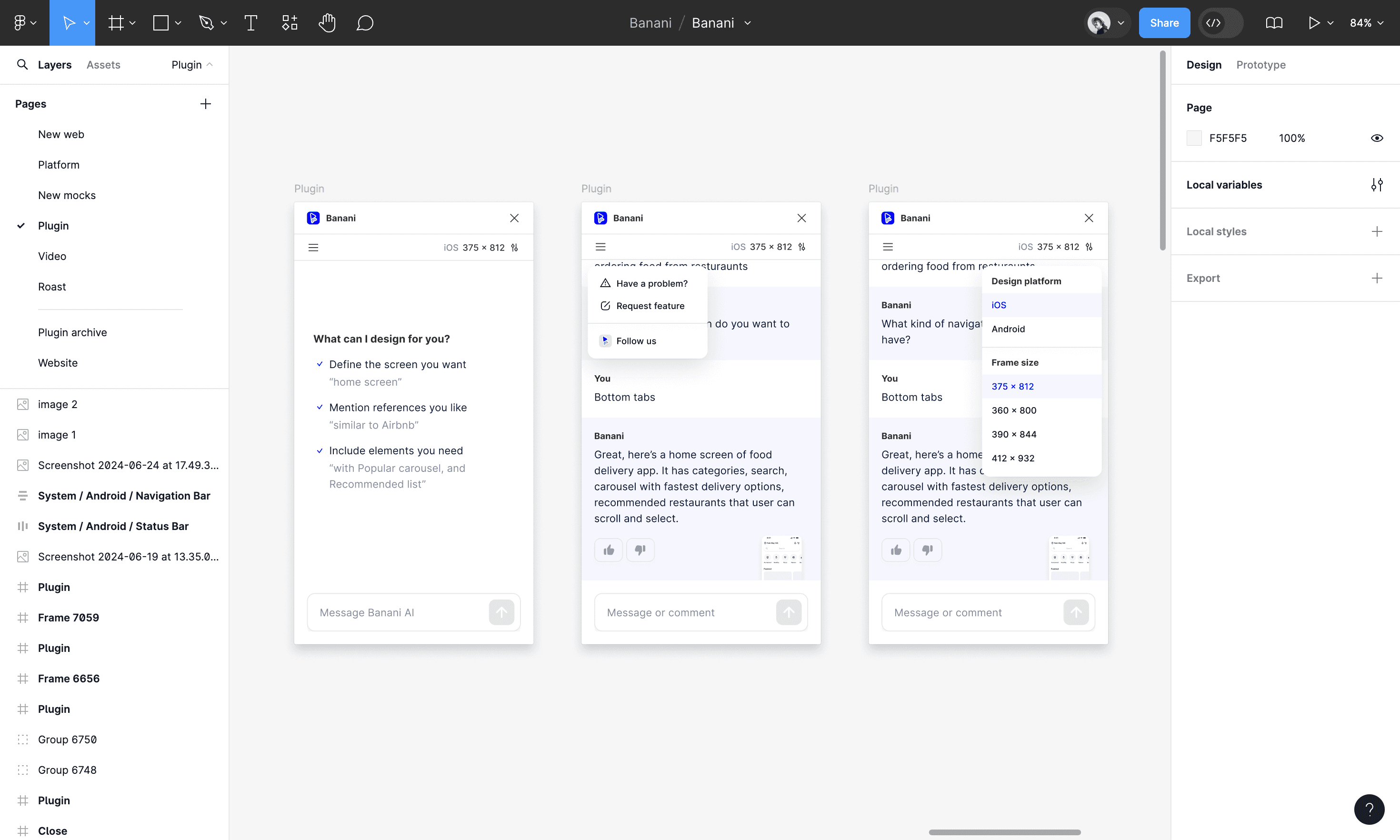High Fidelity Wireframes
What are High-Fidelity Wireframes?
High-fidelity wireframes are detailed and interactive representations of a web page or application. They include precise visual elements, typography, color schemes, and even interactive features.

Unlike low-fidelity wireframes, which prioritize basic layout and functionality, high-fidelity wireframes provide a more realistic preview of the final product.
Benefits of Using High-Fidelity Wireframes
1. Detailed Visualization
High-fidelity wireframes offer a detailed visualization of the design, allowing stakeholders to see exactly how the final product will look and function. This clarity helps in making informed decisions and gathering precise feedback.
2. Improved User Testing
With more accurate and interactive elements, high-fidelity wireframes are ideal for user testing. They provide a realistic user experience, enabling designers to identify usability issues and make necessary adjustments before development.
3. Enhanced Communication
These wireframes serve as a comprehensive communication tool between designers, developers, and stakeholders. They ensure everyone is aligned on the design details, reducing the risk of misunderstandings and ensuring a smoother development process.
How to Create High-Fidelity Wireframes
Step 1: Start with Low-Fidelity Wireframes
Begin with low-fidelity wireframes to outline the basic structure and layout. Once the fundamental design is agreed upon, move to high-fidelity wireframes to add detail and refine the design.
Step 2: Use Design Tools
Utilize design tools like Banani, Figma, Sketch or Penpot to create high-fidelity wireframes. These tools provide advanced features for adding interactivity, detailed visual elements, and precise layouts.
Step 3: Incorporate Visual Design
Add visual design elements such as color schemes, typography, images, and icons. Ensure these elements align with the brand guidelines and enhance the overall user experience.
Step 4: Add Interactivity
Include interactive elements like buttons, links, and navigation menus. Simulate user interactions to provide a realistic experience and gather feedback on usability.
Step 5: Review and Iterate
Share your high-fidelity wireframes with stakeholders and gather feedback. Make necessary adjustments to refine the design and ensure it meets user needs and business objectives.
Best Practices for High-Fidelity Wireframes

Focus on Details
Pay attention to visual details and interactions to create a realistic representation of the final product.
Maintain Consistency
Ensure consistency in design elements, such as colors, typography, and spacing, to create a cohesive and professional look.
Prioritize Usability
Keep the user experience at the forefront by designing intuitive and accessible interfaces.
Collaborate Effectively
Work closely with developers and stakeholders to ensure the wireframe is technically feasible and aligns with project goals.
Summary
High-fidelity wireframes are essential for bridging the gap between basic wireframes and full prototypes. They provide a detailed, interactive representation of the final product, enhancing user testing, communication, and design validation.